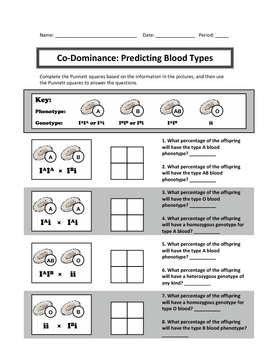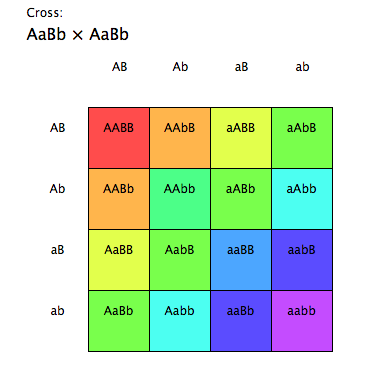

Law of Segregation - Gene, allele, homozygous. In Mendel’s experiments, the segregation and the independent assortment during meiosis in the F1 generation give rise to the F2 phenotypic ratios observed by Mendel. Mendels Law of Dominance - dominant, recesive, carrier of a trait, dominant allele, recessive allele. As chromosomes separate into different gametes during meiosis, the two different alleles for a particular gene also segregate so that each gamete acquires one of the two alleles. If we convert this to a percentage, it means there is a 0 chance these parents will have chestnut offspring. The behavior of homologous chromosomes during meiosis can account for the segregation of the alleles at each genetic locus to different gametes. The Law of Dominance states that in a heterozygote, a dominant trait will block the expression of another trait for the same characteristic. If we look at our Punnett square, we find that there is a 0/4 chance of offspring being chestnut because Bb offspring will show the dominant trait (black). As you can see, there are four possible results.

The physical basis of Mendel’s law of segregation is the first division of meiosis in which the homologous chromosomes with their different versions of each gene are segregated into daughter nuclei. The Punnett square illustrates the possible combinations of alleles that will occur in the offspring. The equal segregation of alleles is the reason we can apply the Punnett square to accurately predict the offspring of parents with known genotypes. Because heterozygotes could arise from two different pathways (receiving one dominant and one recessive allele from either parent), and because heterozygotes and homozygous dominant individuals are phenotypically identical, the law supports Mendel’s observed 3:1 phenotypic ratio. \): The Law of Segregation states that alleles segregate randomly into gametes: When gametes are formed, each allele of one parent segregates randomly into the gametes, such that half of the parent’s gametes carry each allele.įor the F 2 generation of a monohybrid cross, the following three possible combinations of genotypes could result: homozygous dominant, heterozygous, or homozygous recessive.


 0 kommentar(er)
0 kommentar(er)
